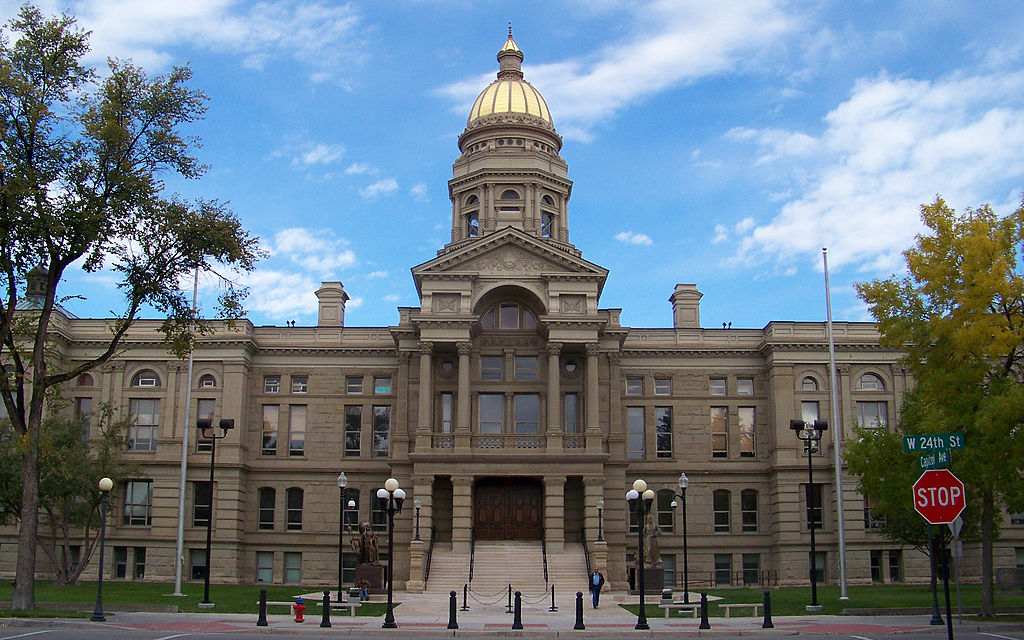About Wyoming
About Wyoming
Your Gateway to Secure and Strategic Asset Management
Wyoming is a western U.S. state defined by vast plains and the Rocky Mountains. Its famed Yellowstone National Park, a nearly 3,500-sq.-mile wilderness recreation area, is home to hundreds of animal species, dramatic canyons and alpine rivers. The park’s gushing geysers include the iconic Old Faithful. To the south is Grand Teton National Park, known for backcountry skiing areas, forested trails and Snake River.

Population
581,381
Language
English
Currency
USD

Political Structure
Wyoming State Government consists of three branches: the executive, legislative, and judicial branches. The executive branch is headed by the governor and includes a secretary of state, auditor, treasurer and superintendent of public instruction. Wyoming does not have a lieutenant governor. Instead the secretary of state stands first in the line of succession.
The Wyoming state legislature comprises a House of Representatives with 60 members and a Senate with 30 members. The state legislature meets annually, for one or two months starting in January
Wyoming’s highest court is the Supreme Court of Wyoming, with five justices presiding over appeals from the state’s lower courts. Wyoming is unusual in that it does not have an intermediate appellate court, like most states. This is largely attributable to the state’s size and correspondingly lower caseload. Appeals from the state district courts go directly to the Wyoming Supreme Court. Wyoming also has state circuit courts (formerly county courts), of limited jurisdiction, which handle certain types of cases, such as civil claims with lower dollar amounts, misdemeanor criminal offenses, and felony arraignments.
Infrastructure and Economy
While the nation’s infrastructure earned a “D+” in the 2017 Infrastructure Report Card, Wyoming faces infrastructure challenges of its own. For example, driving on roads in need of repair in Wyoming costs each driver $341 per year, and 11.0% of bridges are rated structurally deficient. Drinking water needs in Wyoming are an estimated $409.9 million, and wastewater needs total $91 million. 87 dams are considered to be high-hazard potential. The state’s schools have an estimated capital expenditure gap of $149 million. This deteriorating infrastructure impedes Wyoming’s ability to compete in an increasingly global marketplace. Success in a 21st century economy requires serious, sustained leadership on infrastructure investment at all levels of government. Delaying these investments only escalates the cost and risks of an aging infrastructure system, an option that the country, Wyoming, and families can no longer afford.

